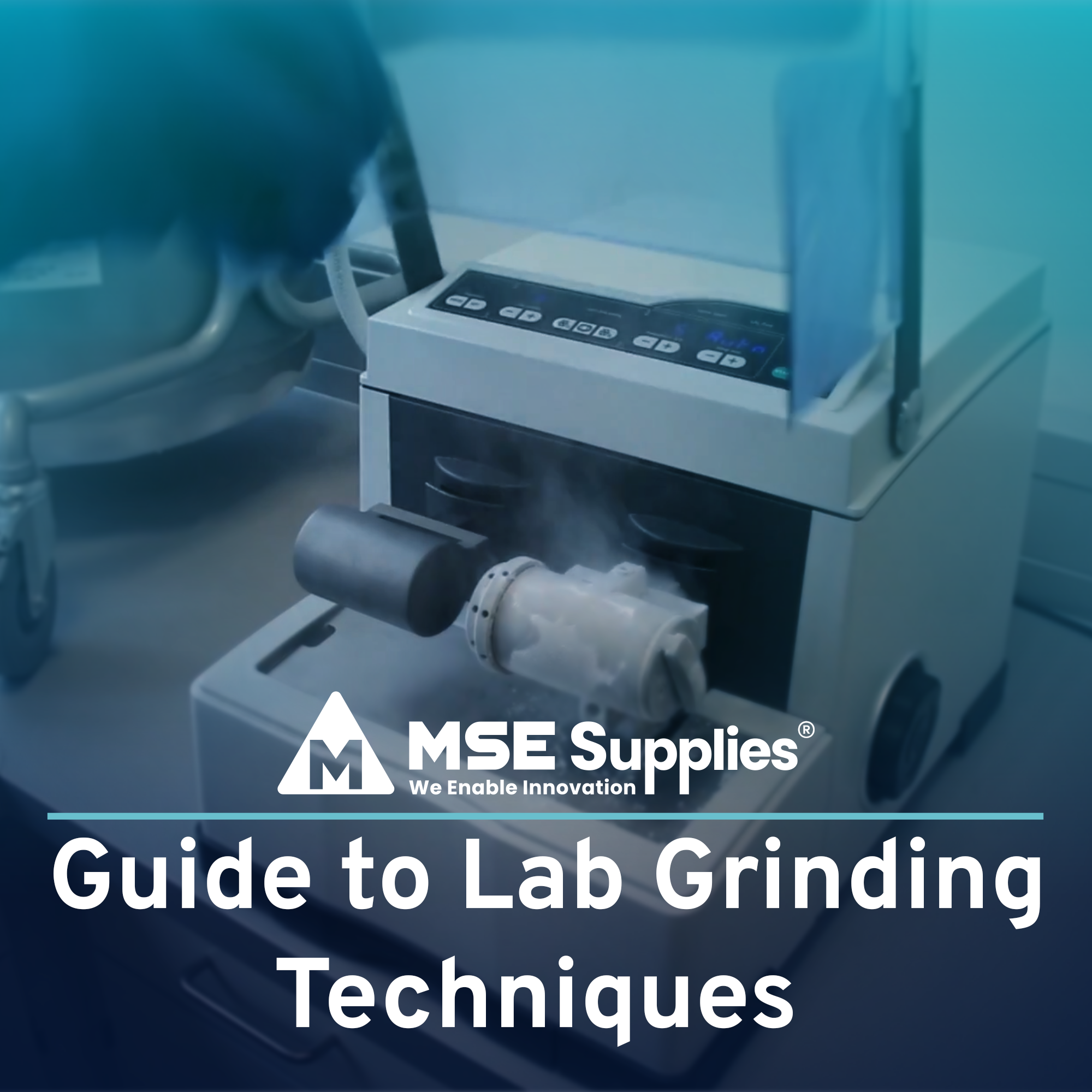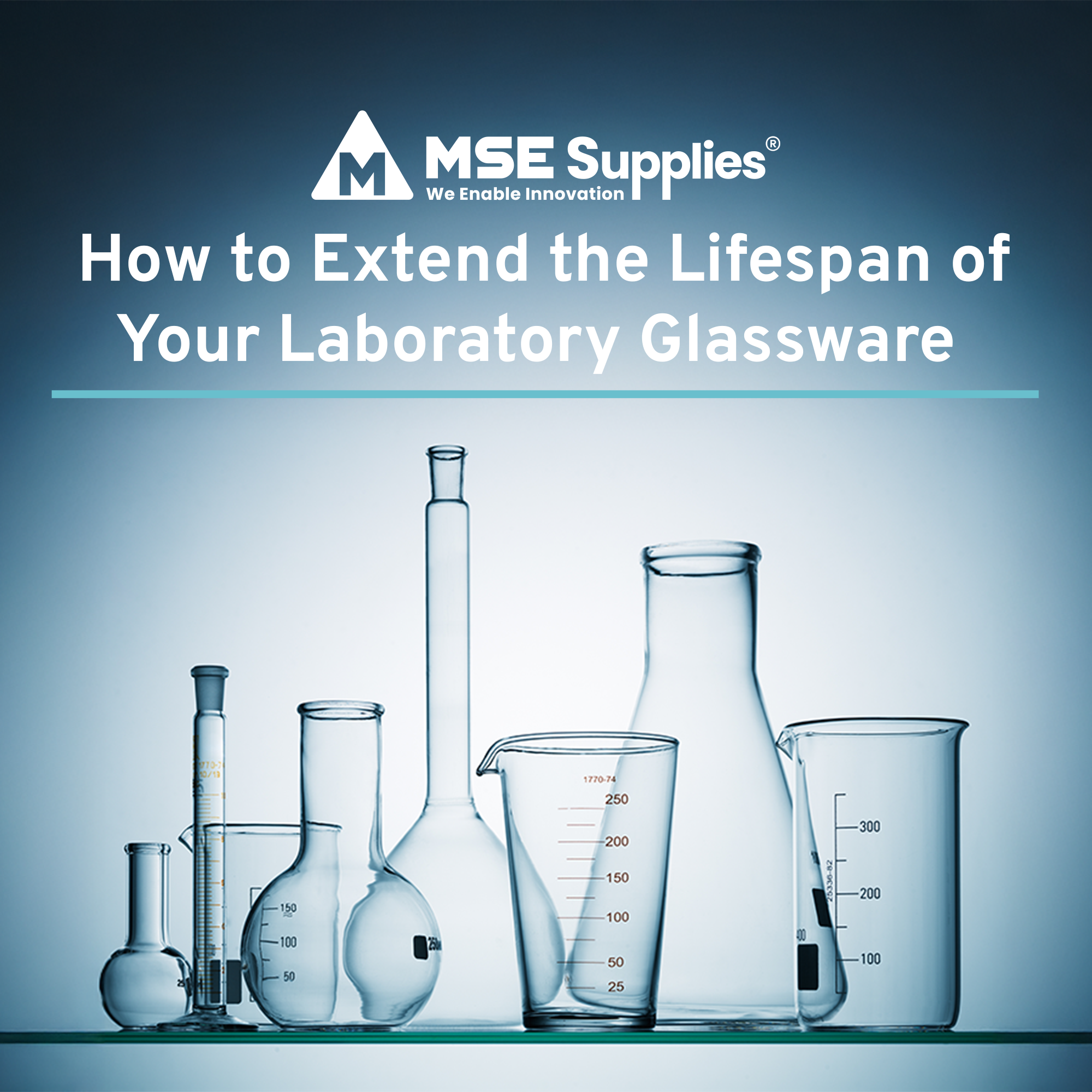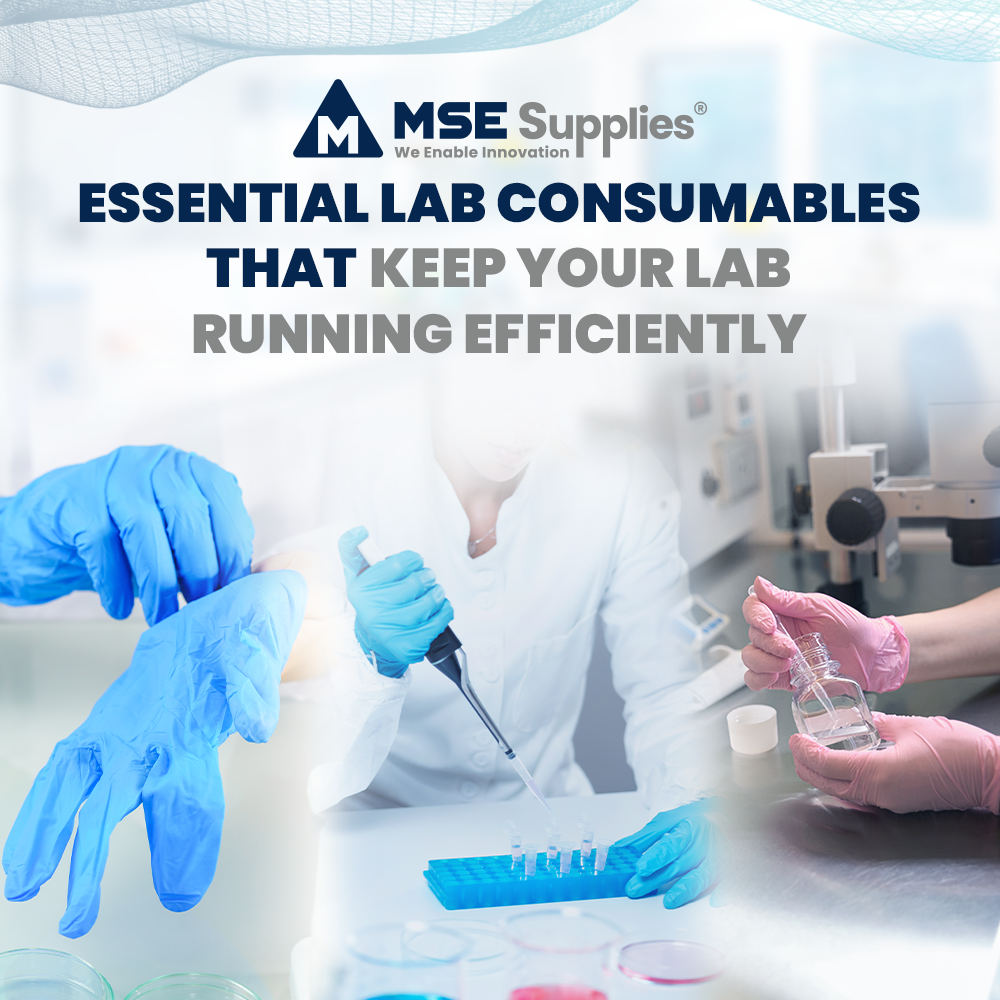Maximizing Precision in HPLC and LC-MS with Birch Biotech’s High-Purity Solvents
Posted by Marketing Team on

High-Pressure Liquid Chromatography (HPLC) and Liquid Chromatography-Mass Spectrometry (LC-MS) are two important analytical techniques widely used in analytical chemistry to separate the components of a mixture and identify and quantify them. The effectiveness of these methods depends on the quality of the solvents used since highly efficient solvents enhance the separation capacity, the sensitivity of the detector and the dependability of the findings. This is where Birch Biotech comes in.
Understanding HPLC and LC-MS: The Role of Solvents
HPLC is used more often than any other analytical separation technique because of its high sensitivity, absolute quantitative method, and ability to handle nonvolatile and thermally sensitive species. The effectiveness of HPLC largely depends on the quality of the solvents used, which serve as the mobile phase to carry the sample through the column.
LC-MS combines the separation capabilities of HPLC and uses mass spectrometry as its detector, providing unmatched analytical precision. These two techniques are known for their sensitivity and accuracy, which is why the solvents used in LC-MS should be as pure as possible as even the smallest traces of some compounds can affect the mass detection and leads to inaccurate results.

Different Basis of Separation for HPLC and LC
Liquid Chromatography (LC) and High-Performance Liquid Chromatography (HPLC) utilize various methods based on the characteristics of the analyte, such as polarity, solubility, and molecular weight. Below are the primary chromatographic methods and their principles:
- Ion-exchange chromatography is the process of separating ions and other polar molecule compounds depending on their interactions with charged immobile phases. It is beneficial for the separation of ionic compounds and is done with resins that exchange ions with the mobile phase.
- Reversed-phase chromatography utilizes a non-polar stationary phase and a polar mobile phase. This method is widely used for separating non-polar to moderately polar compounds, including pharmaceuticals and peptides.
- Normal-Phase Chromatography employs a polar stationary phase and a non-polar mobile phase. It is suitable for separating polar compounds like carbohydrates and glycosides. This method relies on the differential retention of analyte based on their interaction with the stationary phase.
- Size-exclusion chromatography (SEC), also known as gel filtration or gel permeation, separates molecules based on size. It is made up of porous gel particles; in the process, the smaller molecules pass through the pores while the larger molecules cannot: thus they are separated.
- Affinity Chromatography can be described as a type of chromatography that centers the interaction of the analyte with the ligands located in the solid phase. The method is very selective and used for the purification of recombinant proteins, antibodies and biomolecules in general.
- Supercritical fluid chromatography (SFC) is a modification of gas and liquid chromatography that has certain benefits of the two. Being able to utilize a supercritical fluid as the mobile phase, e.g. supercritical CO₂, SFC is ideal for nonvolatile and thermally unstable components.
Choosing the Right Method


This diagram shows how the use of chromatography methods is determined by the polarity, solubility, ion and nonionic character and the molecular weight of the solute. For solutes that dissolve in water and are ionic with molecular weight equal to and less than 1000 the method of choice is ion exchange chromatography. Reversed-phase chromatography is useful in the separation of both the water-soluble nonionic small molecules and the organic soluble small molecules. Adsorption chromatography, preferred for the small molecules with molecular weight lower than 10 000, which are insoluble in water but soluble in organic solvents like tetrahydrofuran, n-hexane and methanol, is replaced by normal phase chromatography due to problems with the retention, reproducibility and irreversible adsorption.
Later stages techniques such as SEC are depicted at the base of the diagram due to their suitability for high molecular weight species. GPC separates water-insoluble solutes employing hydrophobic packings which are not able to interact with the aqueous mobile phase while GF chromatography is achieved using hydrophilic packings and is employed to water-soluble solutes.
The choice of chromatographic method is further refined by specific applications. For instance, affinity chromatography in which selectivity for the target molecules such as antibodies, enzymes, or hormones is high is suitable for nucleic acid and protein purification. On the other hand, supercritical fluid chromatography (SFC) is applicable for the thermally labile and nonvolatile species particularly those that will not form the chromophoric product.
MSE Supplies Introduces Birch Biotech
Birch Biotech, founded in 2018, is driven by experts with over 45 years of experience in laboratory supplies. The company is involved in offering high-purity solvents for HPLC & LC-MS to offer the highest and most accurate result possible in any laboratory work. All of the Birch Biotech products are made in South Korea in line with the ISO 9001 standard for quality management of products and services involved in laboratories.
Solvents Offered by Birch Biotech
Birch Biotech specializes in providing high-purity solvents designed to meet the rigorous demands of HPLC and LC-MS applications. Below are some of the solvents offered by Birch Biotech, available through MSE Supplies:
HPLC Grade Solvents
- Non-Polar Solvent:
- Pristine n-Hexane 95% HPLC Grade: Commonly used in normal-phase chromatography due to its non-polar nature.
- Polar Solvents:
- Pristine Water HPLC Grade: Ultra-pure polar protic water is essential for consistent and reliable HPLC analyses.
- Pristine Dichloromethane HPLC Grade: Known for its excellent solvency power, this polar aprotic solvent is ideal for separating non-polar compounds.
- Pristine Methanol HPLC Grade: A polar protic solvent widely used in reversed-phase HPLC.
- Pristine Tetrahydrofuran (THF) HPLC Grade: A versatile polar aprotic solvent used in various chromatography applications, particularly for dissolving polar polymers.
- Pristine Acetonitrile HPLC Grade: A key polar aprotic solvent in HPLC, known for its low viscosity and high elution strength.
- Pristine Isopropyl Alcohol (IPA) HPLC Grade: Suitable for sample preparation and as a polar protic mobile phase component in HPLC.
LC-MS Grade Solvents
- Polar Solvents:
- Pristine Water LC-MS Grade: Formulated to meet the stringent requirements of LC-MS, ensuring minimal contamination and high reproducibility as a polar protic solvent.
- Pristine Methanol LC-MS Grade: A polar protic solvent widely used in reversed-phase LC.
- Pristine Acetonitrile LC-MS Grade: Optimized for LC-MS applications, providing reliable performance with minimal impurities.
- Pristine Isopropyl Alcohol (IPA) LC-MS Grade: High-purity IPA, optimized for LC-MS applications to minimize interference and ensure accurate results.

Why Birch Biotech?
The high-purity solvents by Birch Biotech have been designed and developed to meet the requirements of applications of HPLC and LC-MS. An industry standard ISO 9001:2008 accreditation for quality gives Birch Biotech’s solvent the right balance of consistency, purity and performance irrespective of the batch. The use of Birch Biotech solvents means more than simply guaranteeing the accuracy of your analysis; it also ensures the quality of your work.
MSE Supplies as the supplier of choice, we are thrilled to introduce to you to Birch Biotech as part of our best laboratory equipment and products. Find out why it pays to use high-purity solvents for HPLC and LC-MS applications. Contact us today to learn more about how Birch Biotech’s solvents can enhance the accuracy and efficiency of your laboratory work.
For further information about our latest products and promotions, as well as other appropriate news in the MSE Supplies sphere, join the page on LinkedIn. Join our community and be the first to know about innovations and offerings from Birch Biotech and other top brands.
Share this post
- Tags: Brands - Birch Biotech, Industry - Agriculture, Industry - Chemistry, Industry - Food & Beverage, Industry - Industrial Process, Industry - Life Sciences, Industry - Pharmaceuticals, Products - Organic Chemicals



